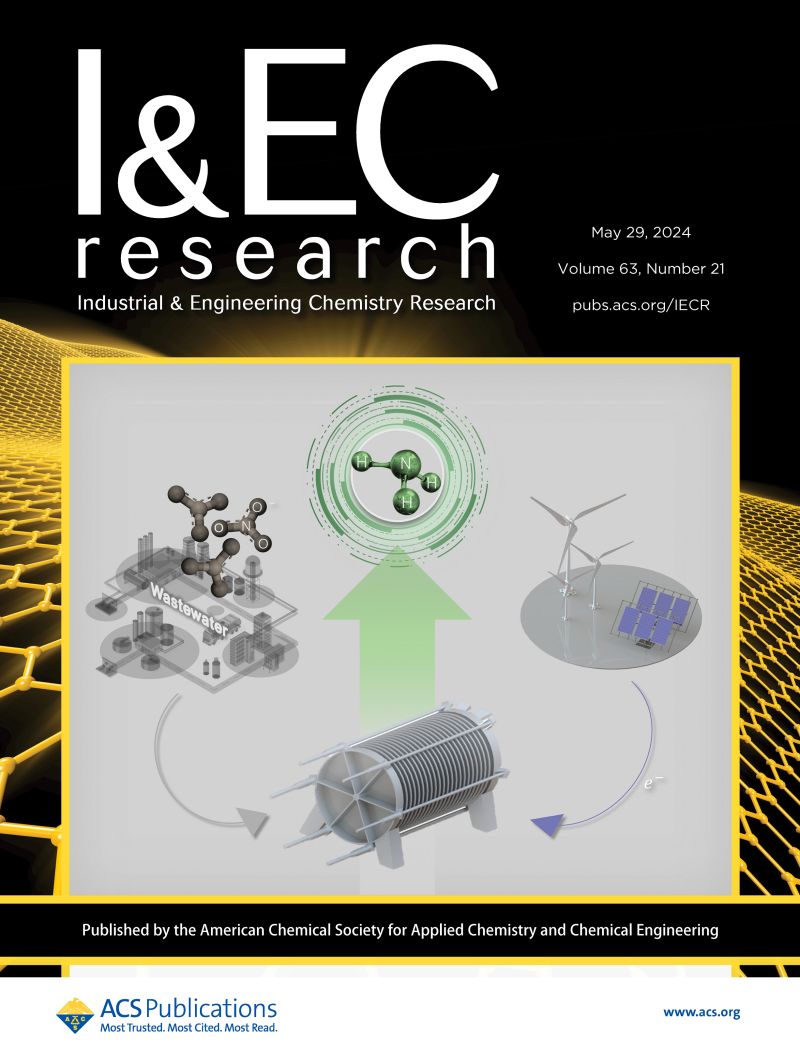Adhesive Mechanism of Polymer Patches with Densely Populated Convex and Concave Micropatterns in Dry and Wet Environments
IF 3.9
3区 工程技术
Q2 ENGINEERING, CHEMICAL
引用次数: 0
Abstract
Fabricating polymer patches with highly adhesive properties through physical bonding methods offers the advantage of facile mass production, while avoiding the complexities and potential toxicity associated with chemical reactions and reagents. The adhesive performance of physically bonded polymer patches is intricately linked to their microstructural features. However, a significant knowledge gap persists regarding the influence of microstructures on the adhesive strength. Designing and controlling microstructures to achieve highly adhesive strength, particularly in wet environments, remains a critical challenge. In this study, we designed two simple yet representative micropattern patches utilizing van der Waals force and suction effect. The adhesion behavior was systematically analyzed in dry and wet environments by considering key structural dimensions and external stress. We explored the underlying adhesion mechanisms, developed a theoretical model to calculate the interfacial adhesion strength, and compared the performance of different microstructures in wet environments. These findings provided insights into optimizing interfacial adhesion, offering theoretical and empirical guidance for developing advanced adhesive patches with potential clinical applications.

凹凸微纹密集聚合物贴片在干湿环境中的粘接机理
通过物理粘接方法制造具有高粘接性能的聚合物贴片具有易于批量生产的优点,同时避免了化学反应和试剂相关的复杂性和潜在毒性。物理粘合聚合物贴片的粘合性能与其微观结构特征有着复杂的联系。然而,关于微观结构对粘接强度的影响,仍然存在显著的知识差距。设计和控制微结构以获得高粘接强度,特别是在潮湿环境中,仍然是一个关键的挑战。在本研究中,我们利用范德华力和吸力效应设计了两个简单但具有代表性的微图案贴片。考虑关键结构尺寸和外部应力,系统分析了其在干湿环境下的粘附行为。我们探索了潜在的粘附机制,建立了一个理论模型来计算界面粘附强度,并比较了不同微观结构在潮湿环境中的性能。这些研究结果为优化界面粘附提供了见解,为开发具有潜在临床应用价值的先进粘接贴片提供了理论和经验指导。
本文章由计算机程序翻译,如有差异,请以英文原文为准。
求助全文
约1分钟内获得全文
求助全文
来源期刊

Industrial & Engineering Chemistry Research
工程技术-工程:化工
CiteScore
7.40
自引率
7.10%
发文量
1467
审稿时长
2.8 months
期刊介绍:
ndustrial & Engineering Chemistry, with variations in title and format, has been published since 1909 by the American Chemical Society. Industrial & Engineering Chemistry Research is a weekly publication that reports industrial and academic research in the broad fields of applied chemistry and chemical engineering with special focus on fundamentals, processes, and products.
 求助内容:
求助内容: 应助结果提醒方式:
应助结果提醒方式:


